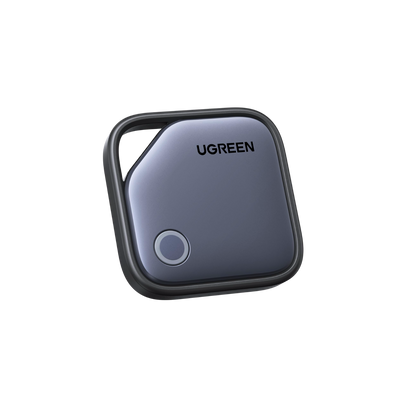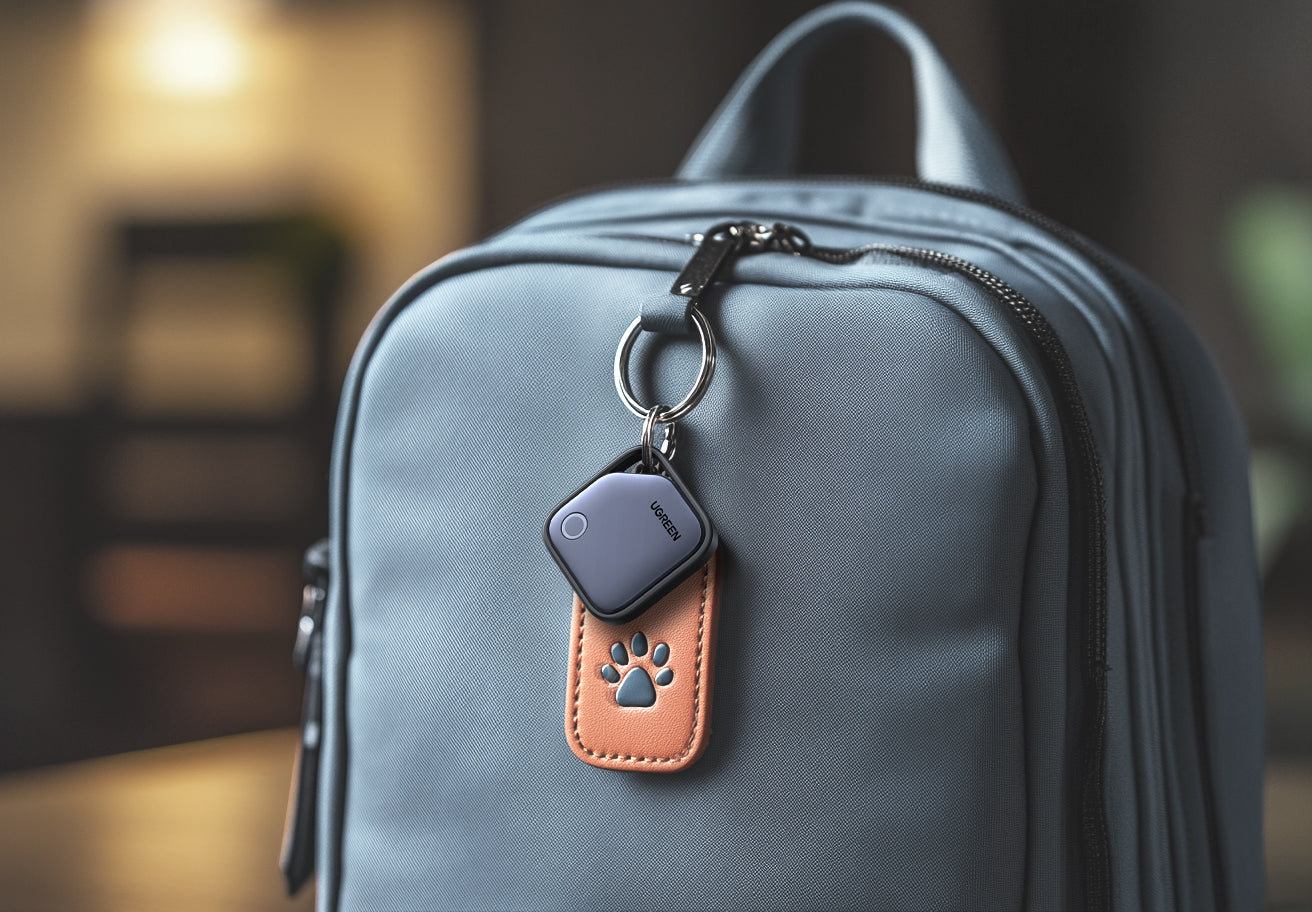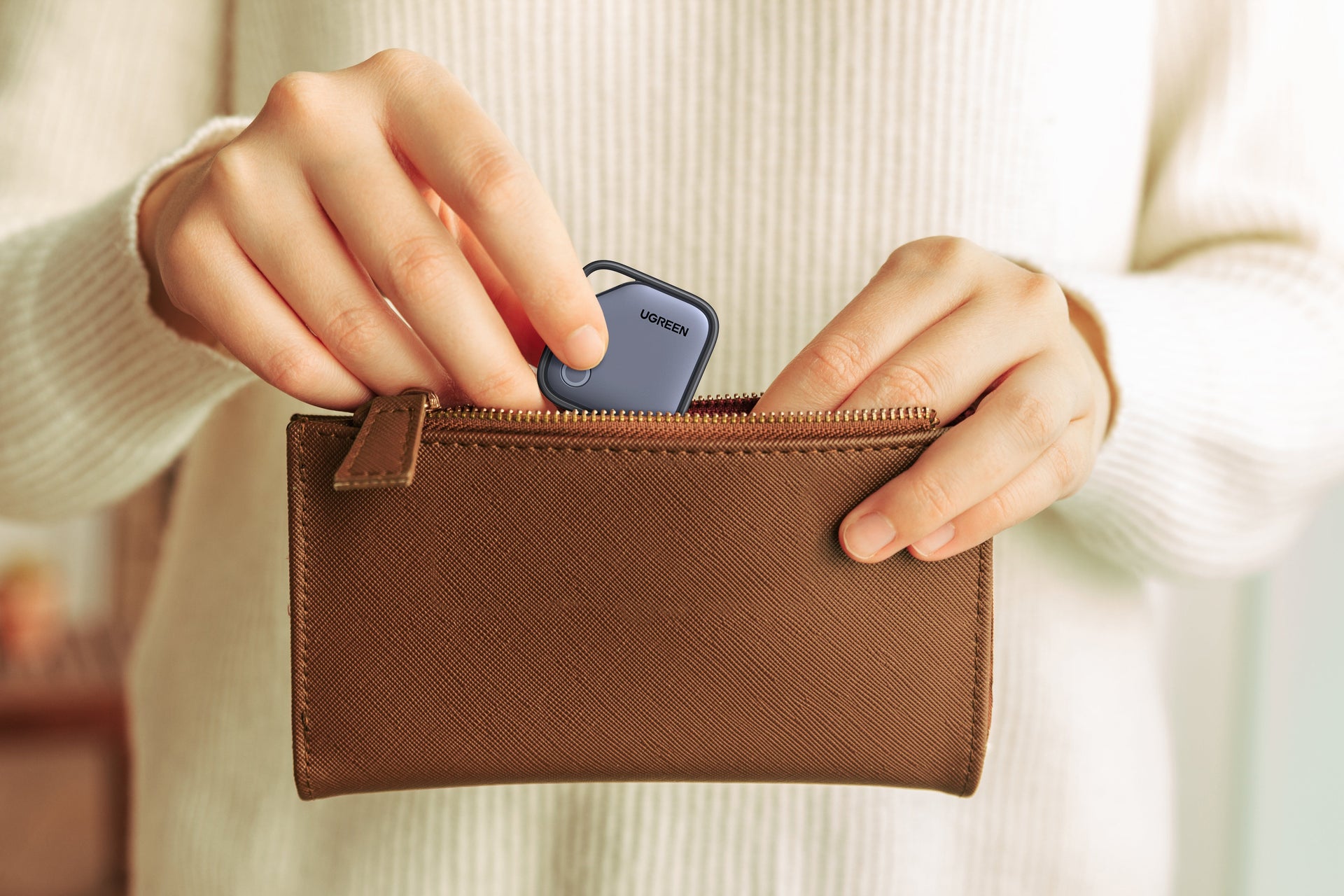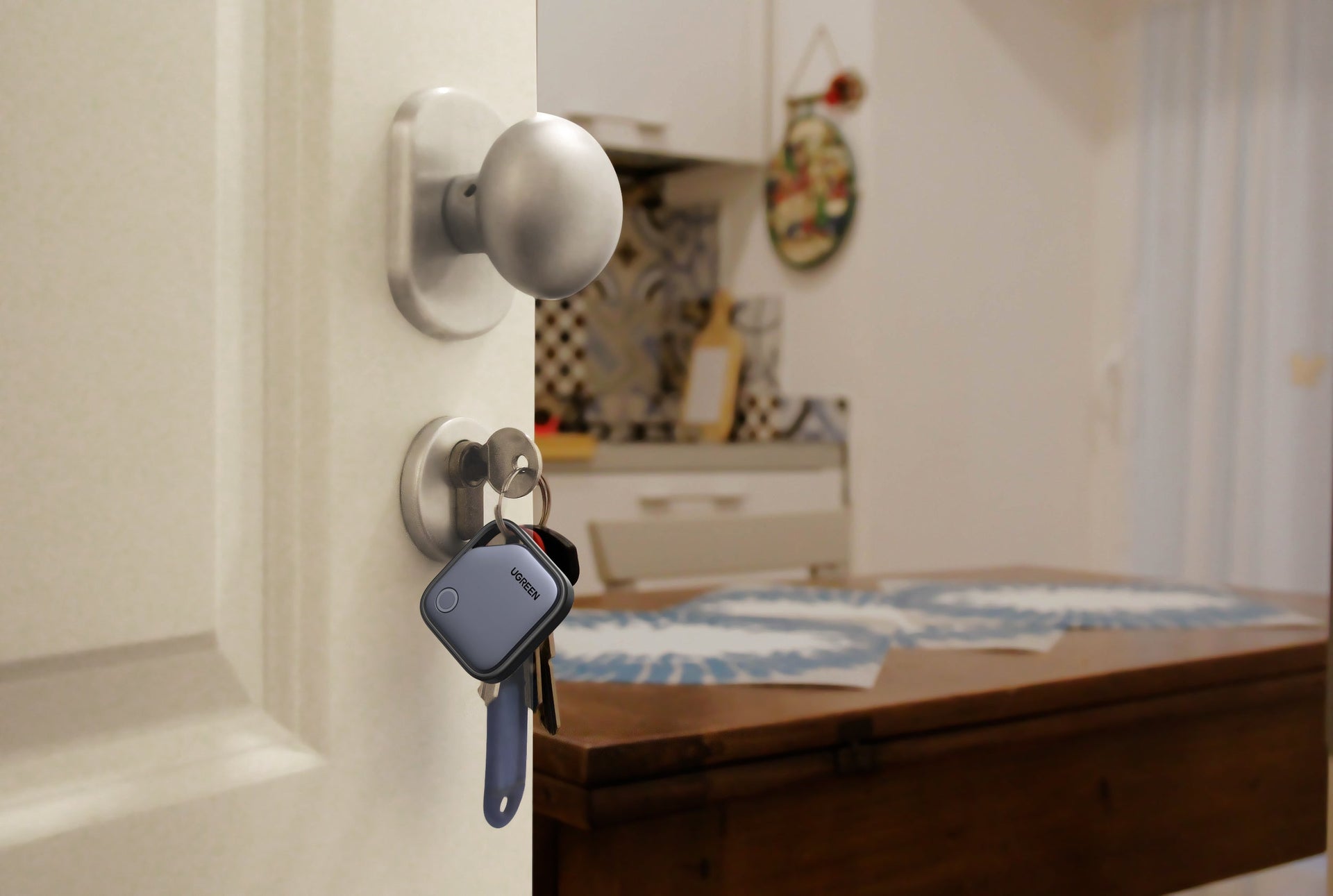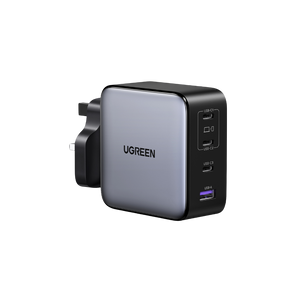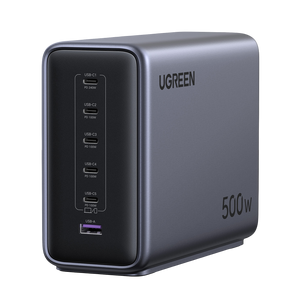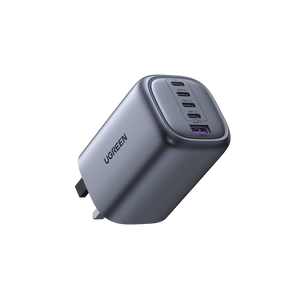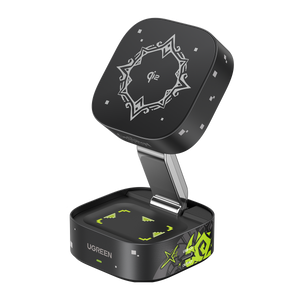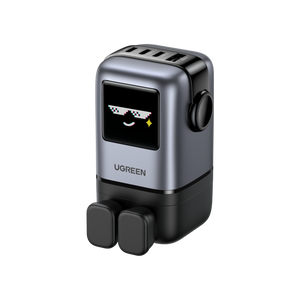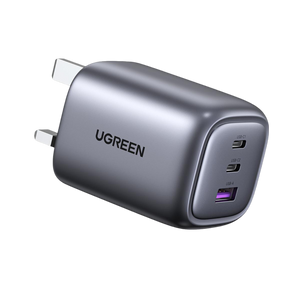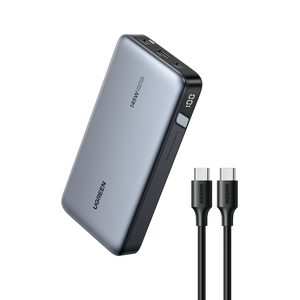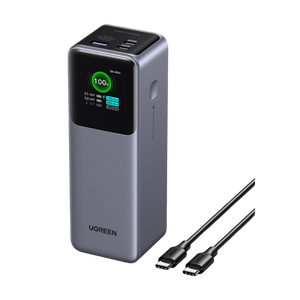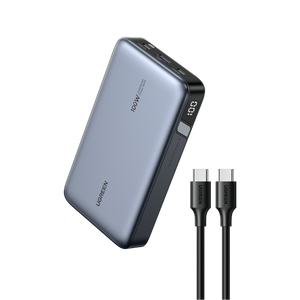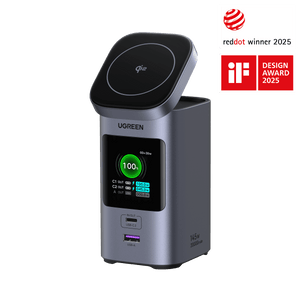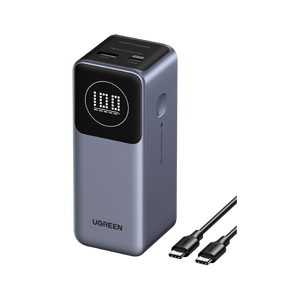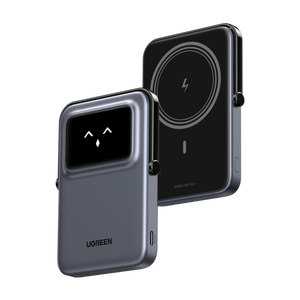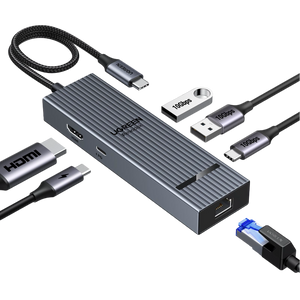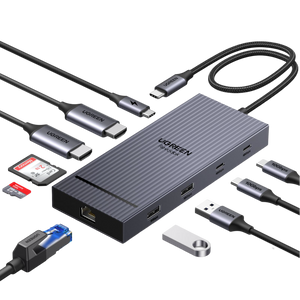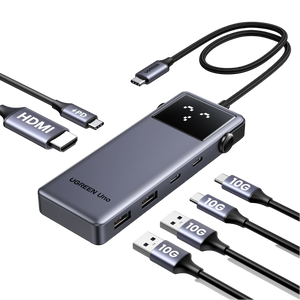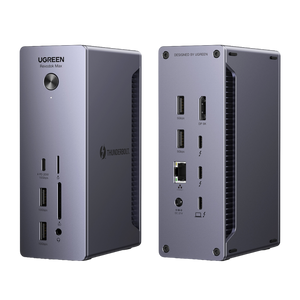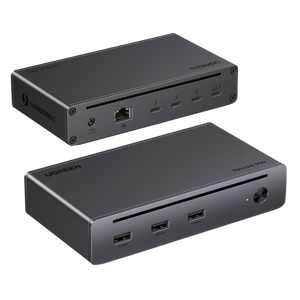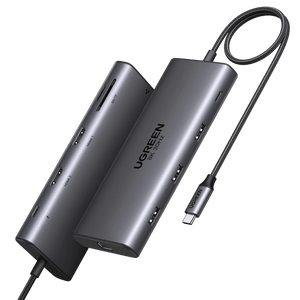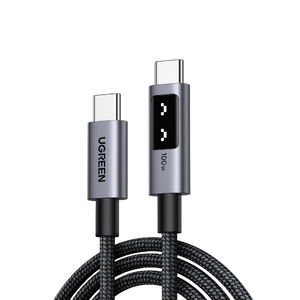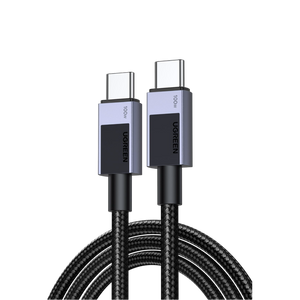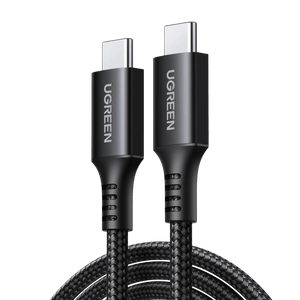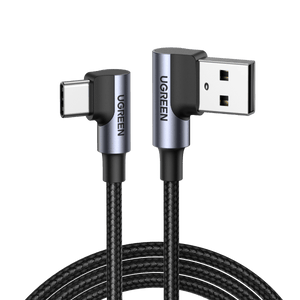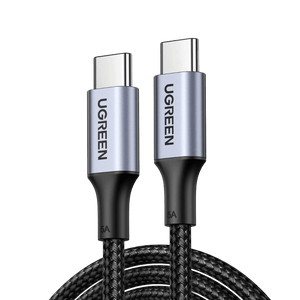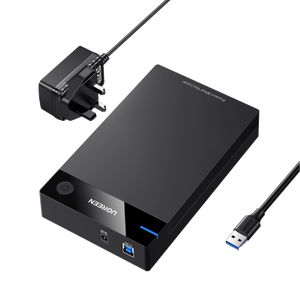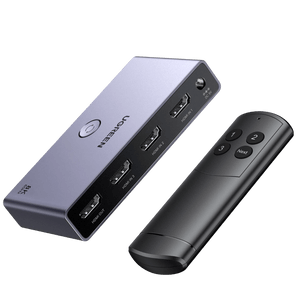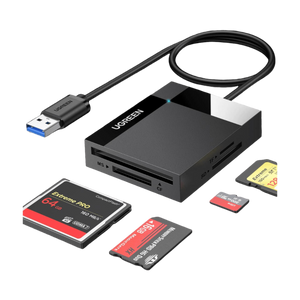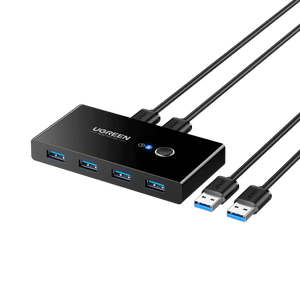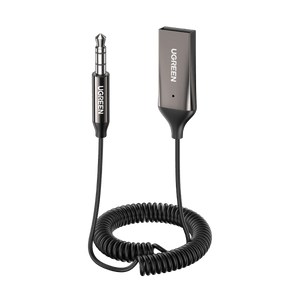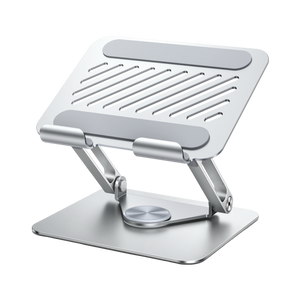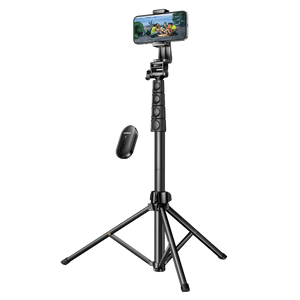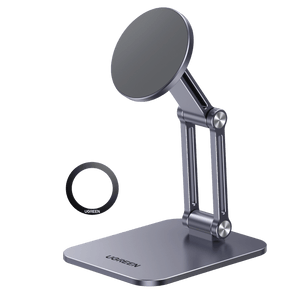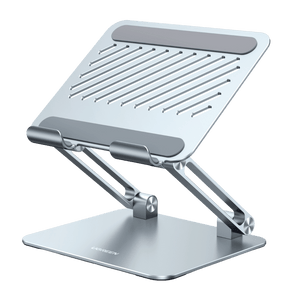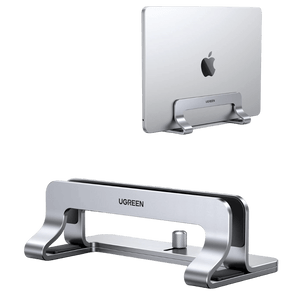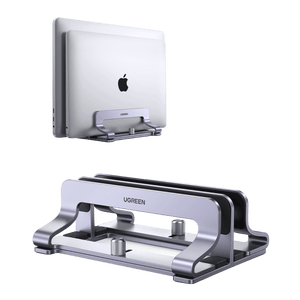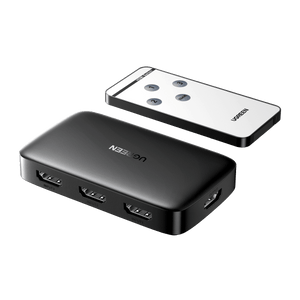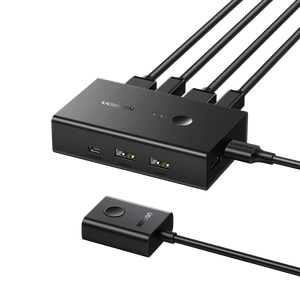How Do You Find Something That Is Lost: Top 10 Methods That Work
Do you sometimes feel that your lost items have a life of their own? One minute, they are right in front of you, and the next, ta da! Gone. Whether it is your phone, wallet, remote, or that sock that always goes missing, we have all been there. But here is the best part: you can outsmart the chaos.
So, how do you find something you lost while maintaining your sanity? In this article, we will explore ten effective methods for finding lost items beyond the “just look harder” method. These aren’t just old wives’ tales, they’re strategies that work.

Method 1: Retrace Your Steps (The Most Obvious First Step)
It may seem obvious, but one of the best methods of trying to find something you lost is retracing your steps.
Why It Works: Your mind records spatial and sensory data that can be called up when you are back in the same spot.
How to do it properly:
- Slow down and stay relaxed.
- Re-enact your body motions since the previous time you had the item.
- Repeat to yourself: “I arrived home, put down my bag, then got water…”
Tip: Do “backward visualization,” mentally replay the day in reverse. It works more to jog memory than progress forward.
Method 2: Use a Smart Tracker (Future You Will Thank You)
If you frequently lose keys, wallets, bags, or even pets, why not add a smart finder to your next purchase? Smart trackers like the UGREEN FineTrack Smart Finder make it easier to look for lost things. It connects to your iPhone through the Apple Find My app. No special app or extra setup required.

What sets UGREEN FineTrack apart:
- Apple MFi Certified: Simple integration with iOS devices.
- Long Battery Life: It has a two-year replaceable battery (better than Apple AirTag).
- Global Tracking: Forgotten your bag at the airport? Any local Apple device can ping it and notify you where the item is located.
- Loud Alarm & Left-Behind Reminders: Ideal for the forgetful among us.
- Childproof Design: Great if you have children around the house.

Pro tip: Attach it to valuable items like your keys, backpack, handbag, passport, or luggage.
Method 3: Organizing and Decluttering
Your brain is set up to recognise patterns, but it struggles when there’s visual disorganisation. This disorganization is why cluttered spaces make it harder to find lost items.
Why it works: Cleaning gives your brain a mini-reset and typically reveals the item itself in plain sight under something, next to something, or blended in visual noise.
Here is the fix:
- Halt the searching frenzy.
- Stack loose papers, organise bags, and clear tables.
- Lost items often resurface mid-clean.
Tidying also encourages you to move things around, which increases your odds of accidentally stumbling upon the item.
Pro tip: Designate a consistent “home” for frequently lost items to make it easier to find them.
Method 4: Using the Power of Memory Techniques
When memory fails you, don’t push harder, switch tactics. Instead of focusing on the item, investigate the scene.
Ask yourself:
- What was I doing when I last used it?
- Who was I with? What was the weather or mood like?
- Did I change places, clothes, or bags?
Attempt memory aids like:
- Context-dependent recall: Go back to where you think you lost it. Being in the same location sometimes stimulates your memory.
- Emotional association: Ask yourself was there a conversation or activity going on when you last used it?
- Visualisation: Try to replay your day like a movie in your mind. Run through it scene by scene.
When trying to find misplaced things it is not normally about the object, but the moment you forgot it.
Method 5: Asking for Help
We are blind when we are emotionally invested. That is when an extra pair of eyes makes all the difference.
Why it works:
- A fresh pair of eyes breaks up your search habit.
- Describing what you’re looking for tends to jog your memory.
- They might spot the thing in an area you’ve already “looked.”
How to ask for help effectively:
- Describe what you’ve looked for so far.
- Ask them to look in specific areas.
- Don’t be defensive.
Sometimes, verbalizing your actions to another human is enough to trigger a memory that helps you find something missing.
Method 6: Setting Up a Lost and Found System
A go-to location for lost items can save you hours in the future. Train yourself to put your essentials there every day.
Why it works: Habit eliminates decision fatigue. If everything has a place, you don’t have to “remember” where it is.
How to create one:
- Choose a spot where it can be seen, like a basket by the door.
- Use sticky notes or electronic reminders if you are forgetful.
- Drop your wallet, phone, keys, and watch there every day without fail.
You will be amazed how often you find missing stuff in your designated lost and found spot.
Method 7: Checking Common Hiding Spots
Let’s be honest: we often misplace items in the same familiar spots. Lost things tend to reappear in predictable locations. Don’t spend time trying to find something misplaced randomly like a maniac.
Most common hiding spots:
- Between couch cushions.
- In pockets or jacket pockets.
- On a shelf just out of your line of sight.
- In the fridge.
- In the car: cup holders, under seats, or glove box.
How to search logically:
- Start in high-probability areas, where you normally put things.
- Then search where you last used the item.
- Search outward in a circle. Think of it like you have dropped a stone into a pond and are following the ripples.
Method 8: Use the ‘Room Reset’ Technique
This method is a trick used by stage magicians and escape-room professionals to find stuff you lost. This method involves resetting the room as if it were a crime scene. You will start seeing objects differently.
Do this:
- Leave the room. Take a breath. Come back in with fresh eyes.
- Imagine you’ve never seen the space before.
- Let your eye slowly scan from eye level down to the ground.
- Be amazed at what suddenly “pops.”
Method 9: Write It Down to Trigger Recall
Writing accesses deeper layers of memory in the brain to find lost objects. Use a piece of paper or notes program to jot down:
- When you last owned the item.
- Where you went before and after.
- Anything unusual that happened.
Generally, the mere act of writing will induce an “aha” response that helps you find lost things.
Method 10: Sleep on It
If all else fails, leave. Let your mind unwind and do its work in the background. Your subconscious will try to pull out details you forgot you even saw. When you wake up, don’t be surprised if you instantly know exactly where to find missing items. It is like magic and one of the most underused ways to find something lost.
Final Thoughts on How Do You Find Something That Is Lost
Finding a lost item is part memory, part logic, and part psychology. Use these 10 methods to make panic a strategy and retrieve your items easily. So, you never have to panic-Google how to find things you lost at home ever again. And if you are scatterbrain like the best of us, using a clever gadget like the UGREEN FineTrack Smart Finder may save you time, effort, and plenty of headaches.



